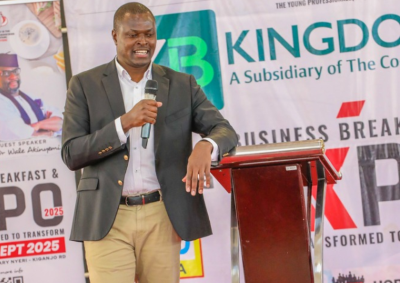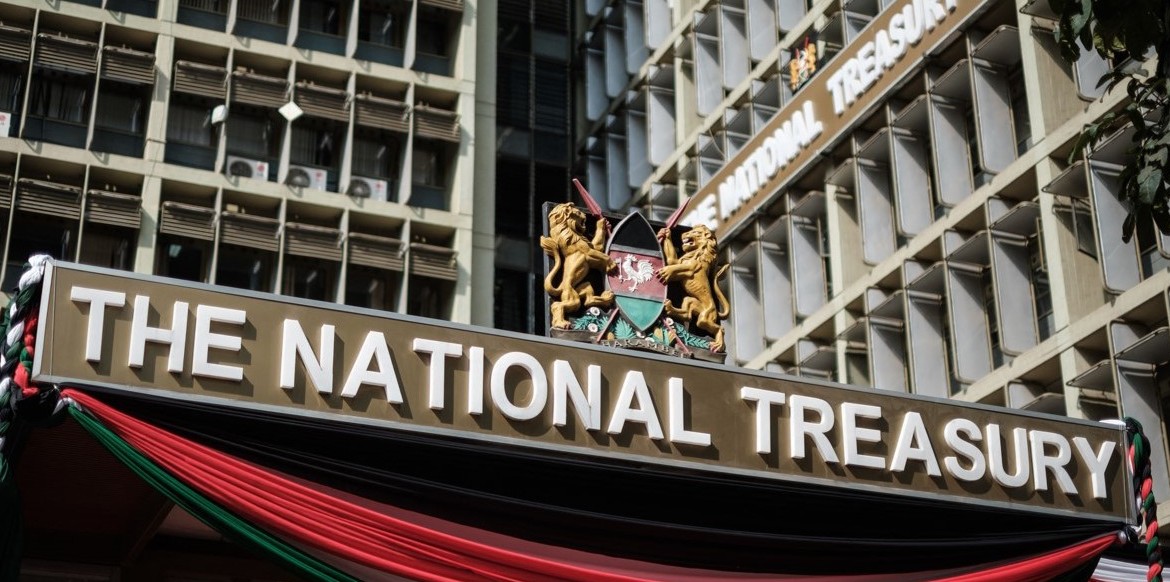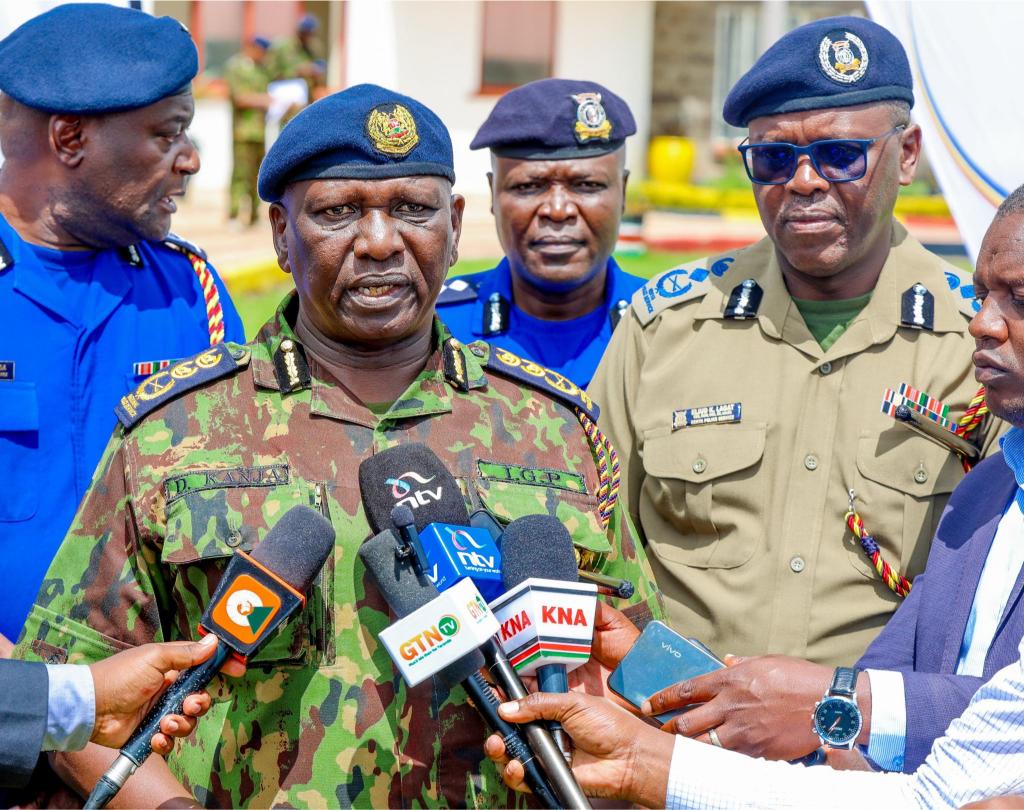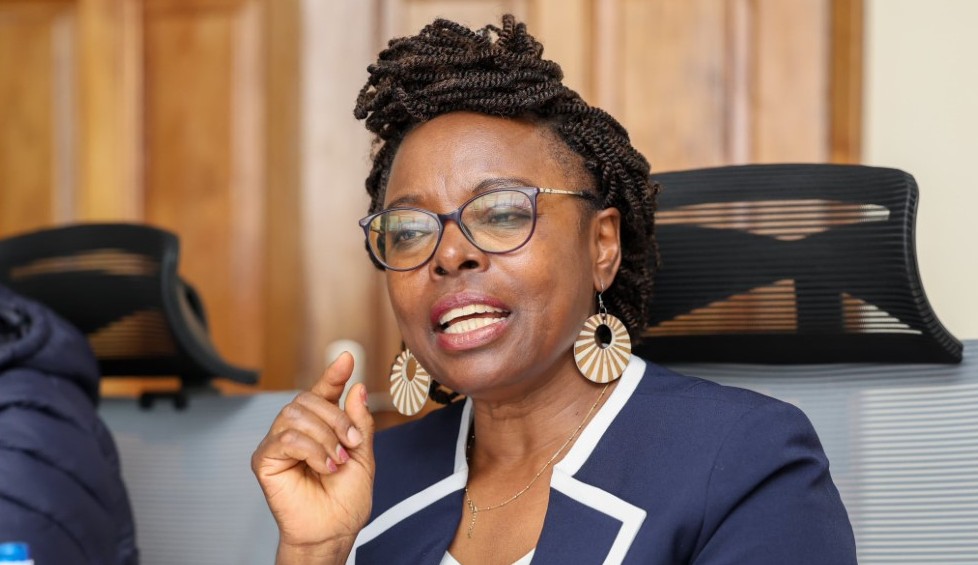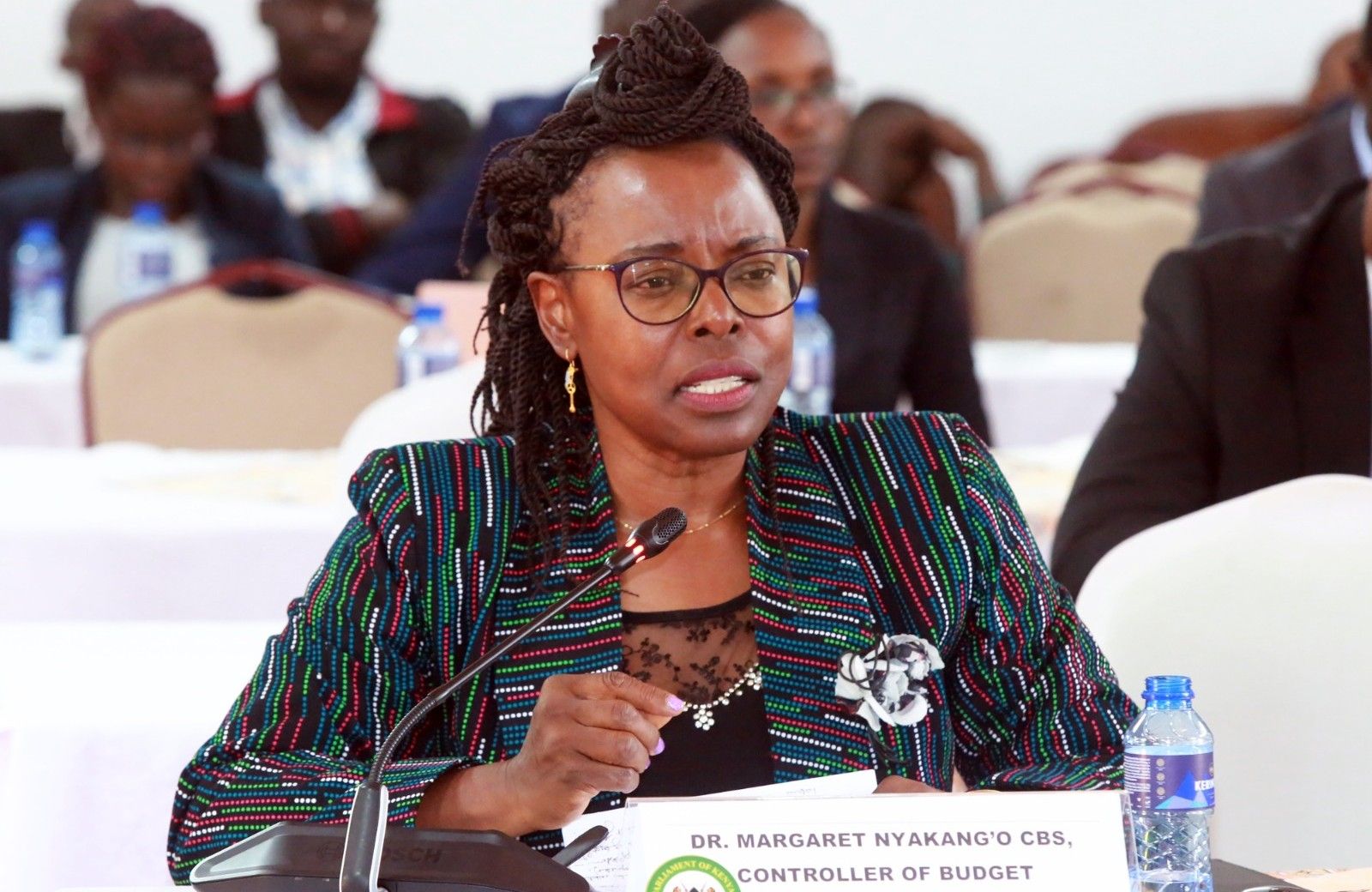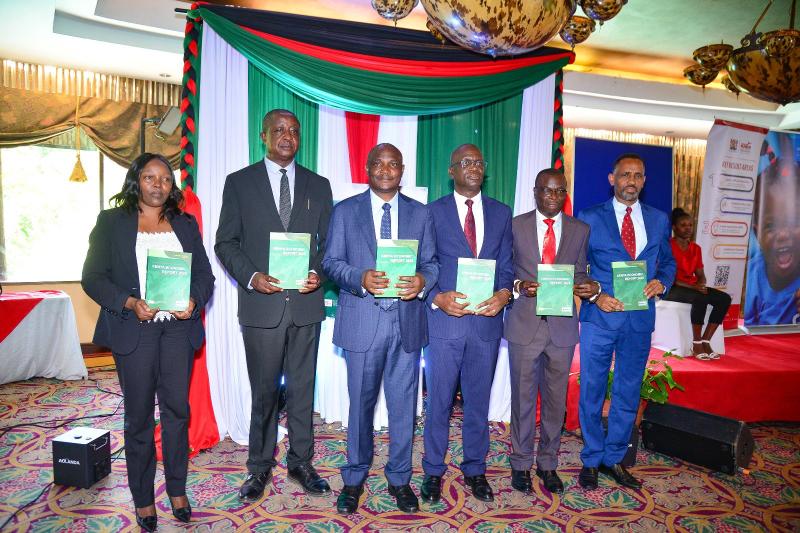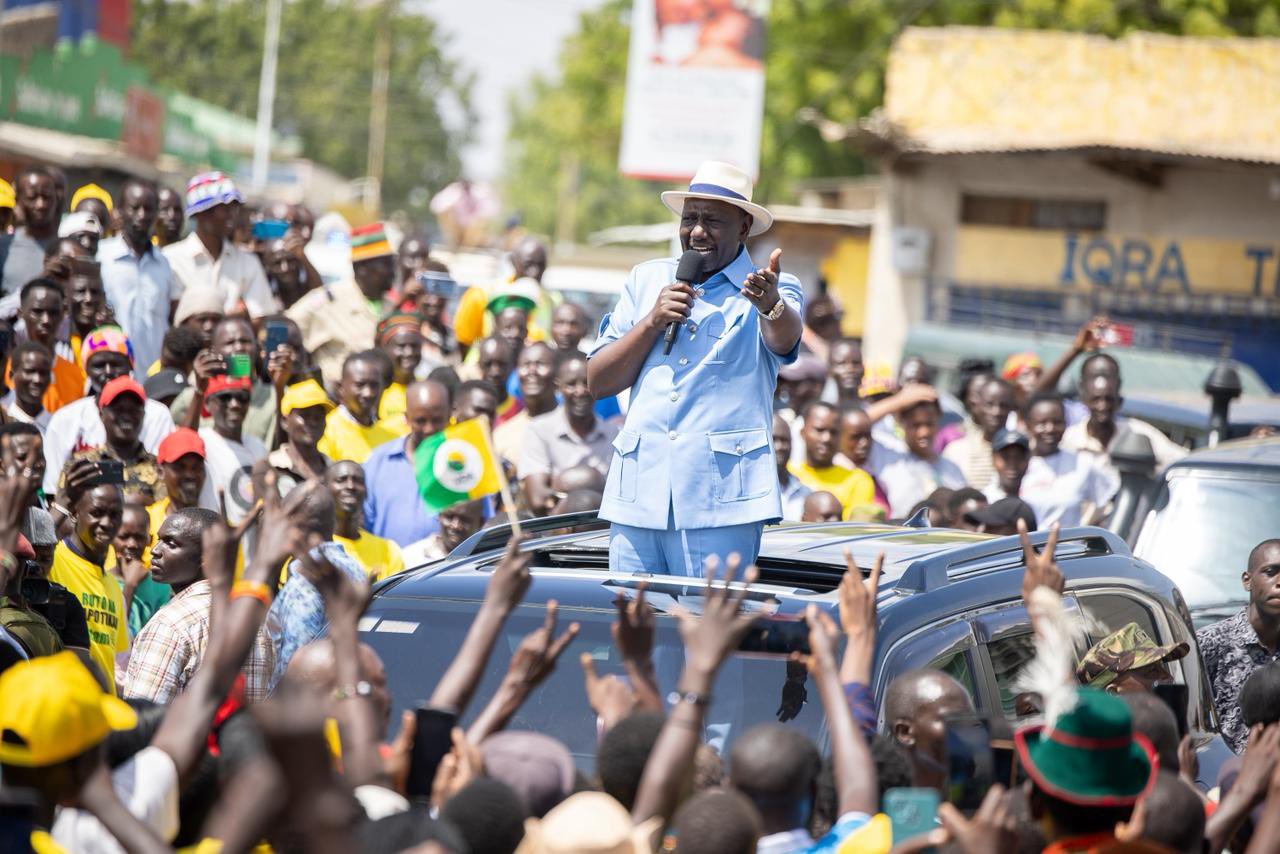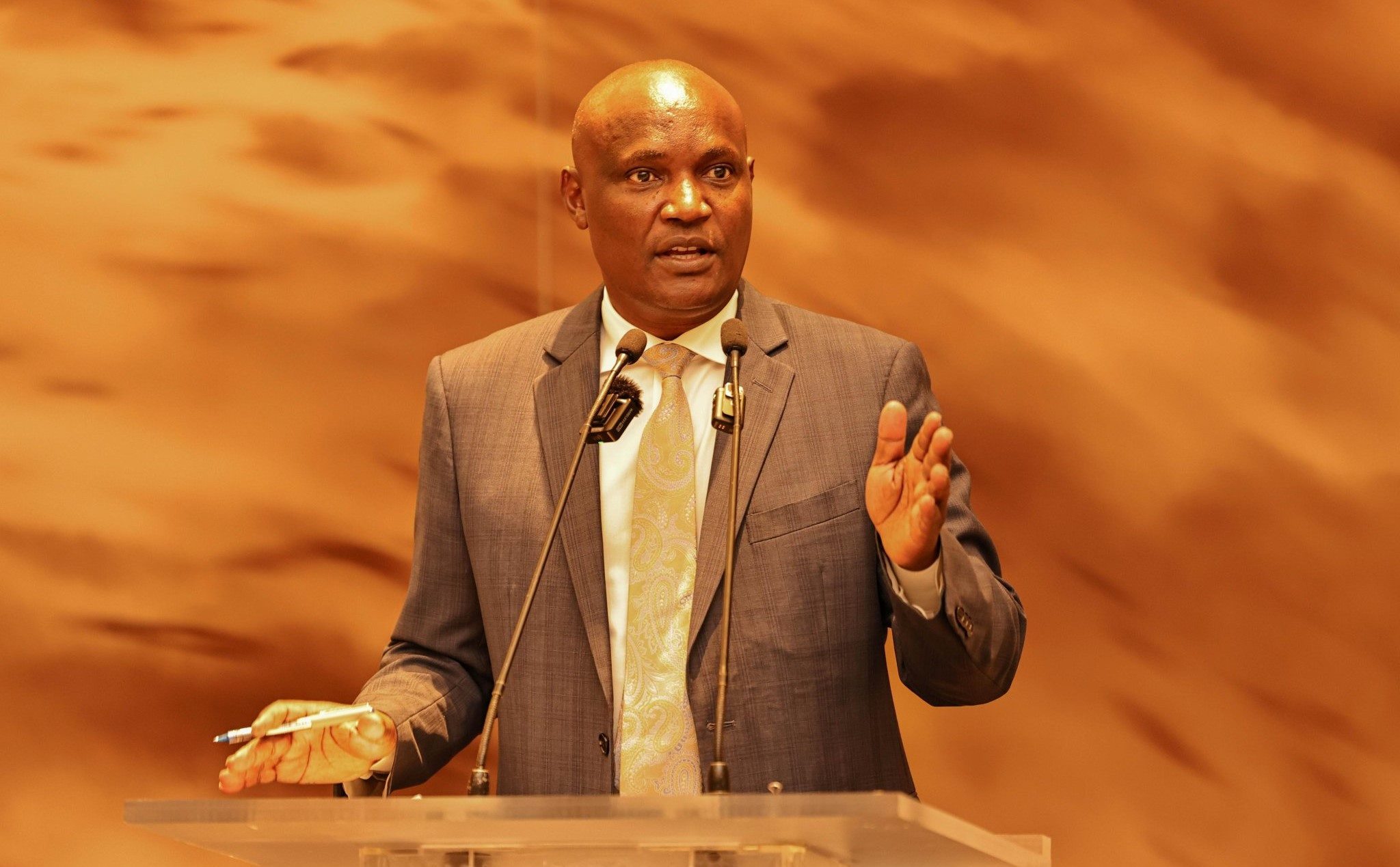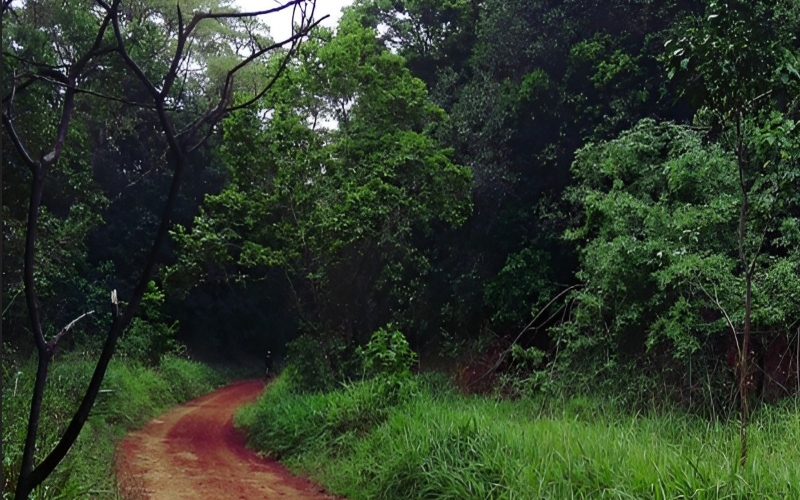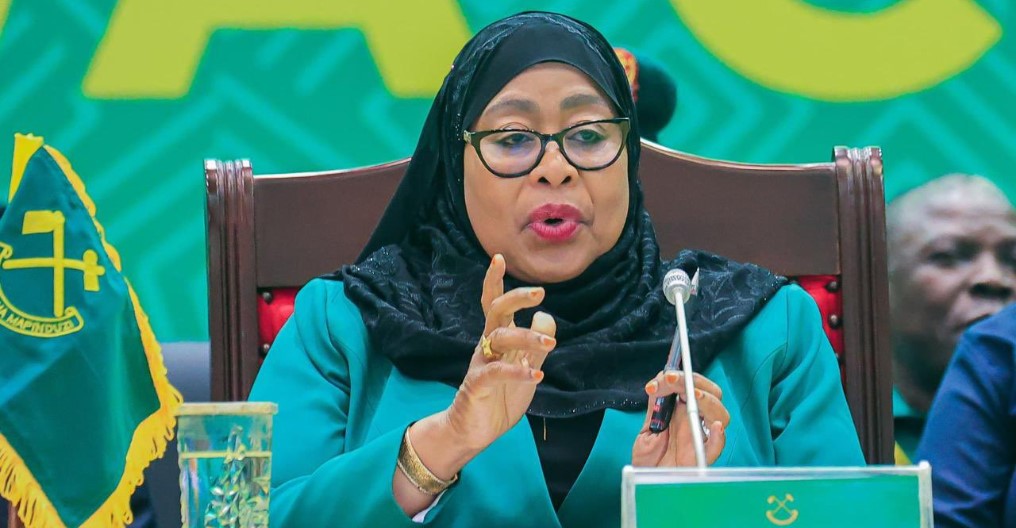A look into war against Al-Shabaab in Somalia as new mission takes over from ATMIS
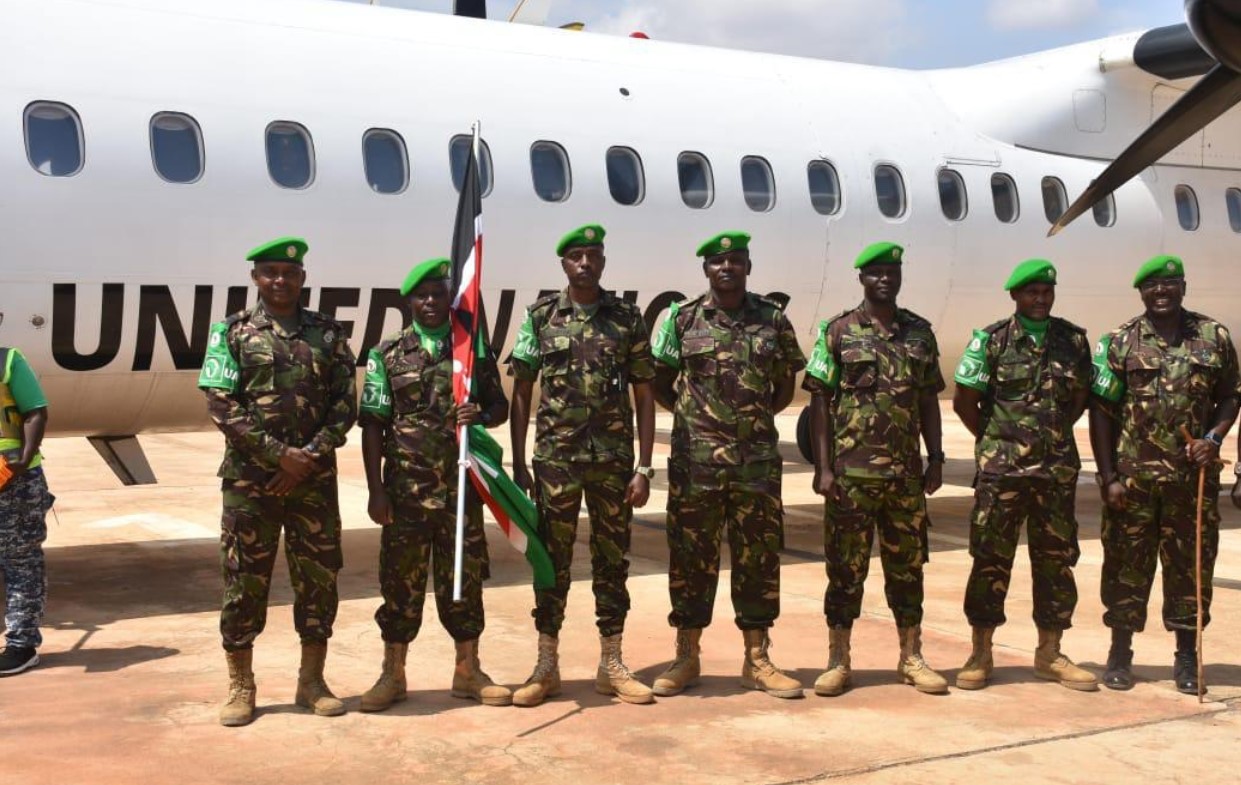
AUSSOM is designed to contain about 11,000 personnel comprising civilians, military, and police personnel.
At the beginning of last year, many troops contributing countries were wary of the effects of a total withdrawal of the African Transition Mission (ATMIS) troops from Somalia, citing the risk of a security vacuum.
As the months went by and thousands of foreign troops withdrew from Somalia, the apprehension grew to the extent that both President William Ruto and his Ugandan counterpart Yoweri Museveni, in a joint briefing in Nairobi, expressed direct opposition to the complete drawdown citing concerns over the threat of terrorism in the region.
More To Read
- Police repel Al-Shabaab raid on Chinese workers’ camp in Mandera
- Al-Shabaab releases video of Ukrainian UN pilot held since January 2024
- UN Security Council extends sanctions oversight on Al-Shabaab
- Lawyer Chacha Mwita charged with terror financing, freed on Sh5 million bail
- Landmine casualties rise to 6,279 as treaty withdrawals loom
- Terrorism in Africa, a ‘growing global threat’
"During my meeting with President Museveni, we expressed concern about the drawdown of ATMIS in Somalia and we urged that the timelines for the drawdown align with the security conditions on the ground in Somalia," President Ruto said.
Around the same time, a UN panel of experts’ report had warned that the ongoing ATMIS drawdown would exacerbate the isolation of some forward operating bases and increase their susceptibility to attacks.
What followed later was an announcement that the request to delay the final phases of the drawdown had been approved, followed by an announcement that a new mission would replace ATMIS in 2025 and phase out its predecessor's mandate before eventually leaving Somali National Forces in charge of the country's security.
Smooth transition
President Ruto welcomed the transition to the new mission but together with his Somalia counterpart Hassan Sheikh later stressed the need to ensure a smooth transition and adequate funding for the new mission.
Fast forward to December 2024, when funding for the new mission was still being sourced weeks before the planned exit of ATMIS and entry of the African Union Support and Stabilisation Mission in Somalia (AUSSOM) troops this year.
At the time, a number of countries that were scheduled to deploy their troops under AUSSOM announced that they had begun their pre-deployment training. These include Uganda, Kenya, and Egypt, which is set to make its debut in the war under the new mission.
The African Union Peace and Security Council (AU PSC) also confirmed that Djibouti also offered to send troops to the mission that begins its operations in January 2025.
The countries are, however, yet to formally deploy new troops to the new mission, with sources indicating that the remaining batches of ATMIS soldiers will reconfigure their mandate to that of AUSSOM and deploy under its Concept of Operations as talks with Somalia's government and partners on the issues of funding and force capacity continue.
True to that, the AU Special Representative for Somalia Mohamed El-Amine Souef, on January 1 announced that AUSSOM has commenced operations in line with UNSC Resolution 2767.
AUSSOM is designed to contain about 11,000 personnel comprising civilians, military, and police personnel who will be deployed in four sectors for a period of four years.
It will run through three phases in addition to the pre-mission phase that will see them prepare to enter the war axis and reorganise areas of deployment as ATMIS completes its final exit to allow for careful coordination between the exit of ATMIS and its entry.
The other phases are scheduled to be implemented from January 1, 2025, to December 31, 2026, Jan 1, 2027, to December 31, 2028, and January 1, 2029, to December 31, 2029, before a post-mission phase kicks off to liquidate the mission.
The Ethiopia factor
With Somalia's earlier stand that Ethiopia must not deploy its troops to the new mission, it remains to be seen whether that will change after the two countries' heads of state agree to a ceasefire.
Sources, however, indicate that both Egypt and Ethiopia have been allocated quotas in the new mission, with discussions on that set to be completed later this month.
The transition to AUSSOM is happening at a time when the threat of violent extremism in Africa has reached unprecedented proportions with experts warning that terror attacks more than doubled in 2023 while their associated fatalities increased by 68 percent compared to 2022.
"Almost 3,000 attacks were recorded leading to the deaths of more than 15,000 people, civilians, and local communities bore the brunt of these attacks," said AUCTC's systems Analyst Richard Apau during a recent meeting in Nairobi.
Terrorism
Worse still, the situation has pushed five countries (Burkina Faso, Mali, Niger, Nigeria, and Somalia) in the continent to the top 10 nations most affected by terrorism globally, hence the need for more proactive prevention measures.
"This year, almost 4,000 attacks have been recorded and these have resulted in the deaths of more than 16,000 people across the continent, this means that every day in Africa, close to 12 attacks take place and almost 51 people are killed," Apau said.
Kenya has, however, remained on high alert since the federal government of Somalia kicked off a major onslaught against Al-Shabaab to prevent their running into the country while fleeing the war, the infighting between the federal government and Jubaland has further retained Kenya's state of alertness.
Earlier, Kenya’s former Defence CS Aden Duale had revealed plans to set up FOBs along its borders with Somalia to cushion the country against Al-Shabaab infiltration before the plan to deploy another mission was hatched.
"We are fully committed that when the drawdown from the African Union Transition Mission in Somalia (Atmis) comes, we are secure as a country by ensuring that when Al-Shabaab feels the heat of the Somalia security forces, they don't come to find refuge in Kenya. Our military has a conspicuous presence along the borderline to ensure that Kenyans are secure," Duale said in May 2023.
This is especially an important step in ensuring a buffer zone that protects the country from a spillover of some of the internal conflicts in Somalia case in point being the recent infighting between Jubaland and the federal government forces that saw its special forces run into Kenya.
The incident was criticised as creating potential room for the militia to take advantage and advance their activities.
In his own words, the US ambassador to Somalia Richard Riley warned that the two forces engaging in armed confrontation would not benefit anyone other than the Al-Shabaab and called for its peaceful resolution.
"They will take full advantage of this and you cannot allow that to happen," he said.
The transition also comes at a time when increased cases of piracy resurgence are being reported in the region amidst revelations that ISIL/Daesh has increased its strength in the region.
Top Stories Today
